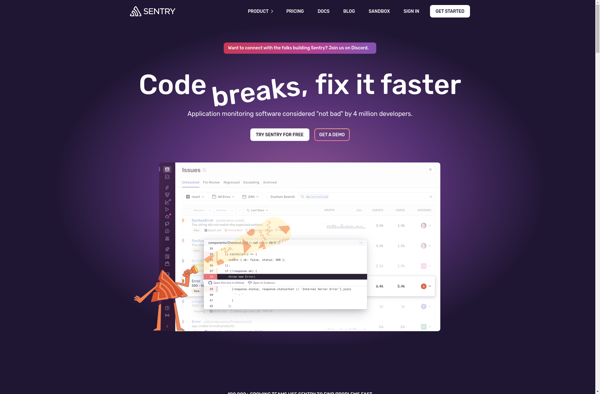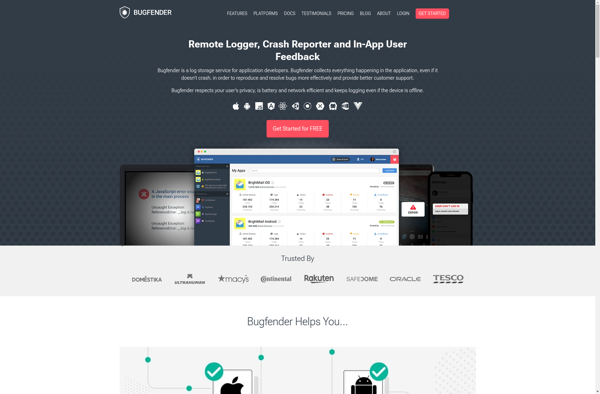Description: Sentry is an open-source error monitoring system that helps developers monitor and fix crashes in real time. It provides full stacktraces and context on bugs or errors in web apps, mobile apps, games, and APIs.
Type: Open Source Test Automation Framework
Founded: 2011
Primary Use: Mobile app testing automation
Supported Platforms: iOS, Android, Windows
Description: Bugfender is a mobile app debugging platform that allows developers to log, track, and fix bugs and crashes in their iOS, Android, React Native, Flutter, Unity, and other mobile apps. It provides real-time debugging capabilities without needing to connect a device to a computer.
Type: Cloud-based Test Automation Platform
Founded: 2015
Primary Use: Web, mobile, and API testing
Supported Platforms: Web, iOS, Android, API

